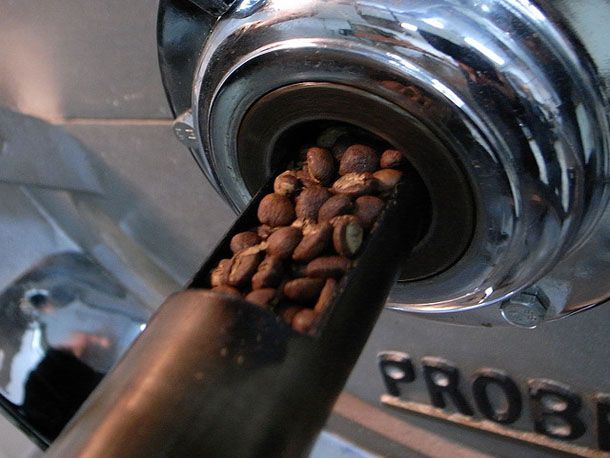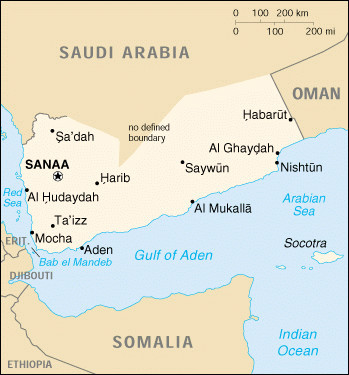Home-made cold extraction formula, cold extraction, ice droplets, nitrogen coffee are all made?
The three coffees look more or less the same, and they are all created with a special low-temperature extraction method to make the coffee more silky and richer without milk, cream and sugar.
In addition to the above three types of coffee, there is also a very popular iced coffee made from espresso, which is made roughly as follows:
1. Coffee is extracted with high temperature and high pressure water to release bitter and sour substances.
two。 The extracted espresso first comes into contact with the ice in the cup, and as the ice melts rapidly, the taste of the coffee is diluted in a short period of time.
Cold extraction is different from ice drop coffee, which is extracted with cold water, which usually takes 12-24 hours.
The sour and bitter taste of the coffee is very mild, the natural sweet taste is stronger, and the taste will not be diluted quickly after touching the ice because of its low temperature.
For this reason, cold extraction or ice drop method is considered to be the best way to make coffee ice drinks.
Home-made cold extraction formula
It takes only three steps to make cold coffee at home:
1. Brewing: mix coffee powder and cold water at 1:8 and store overnight in a clean, sealed container.
two。 Filtration: first filter the coffee grounds with a fine sieve, then filter the coffee grounds with filter paper; you can also make and filter directly with a pressure kettle.
3. Drink: add milk, water and ice as you like!
Italian concentrated martini
Pour 60ml espresso and 30ml vodka, 30ml sugarcane or coffee tequila, ice into a wine mixer and shake well. Pour into a martini glass and add coffee beans to garnish. It is very simple to make. The taste is almost impossible to say!
Nitrogen coffee
Now you've learned how to make cold coffee, but what about nitrogen coffee?
In fact, in the beer brewing industry, people begin to brew beer using nitrogen or a mixture of nitrogen and carbon dioxide, which makes the beer more foamy and silkier. People will use a special pressure device to press the gas into the beer.
The beer is then stored in a container filled with carbon dioxide, usually at a pressure of 10-12 pounds per cubic inch. If the pressure exceeds this value, it will melt too much carbon dioxide into the beer, making the beer too foamy. But sifting beer usually requires a higher pressure, about 30 to 40 pounds per cubic inch, so people choose nitrogen because it doesn't dissolve easily in liquids. In contrast, carbon dioxide is 100 times more soluble than nitrogen at 5 ℃. This means that we can store beer at higher pressure without worrying about too much gas dissolving in the beer.
In the same stress environment, carbon dioxide will be incorporated into the beer, resulting in too sour taste, which is not what we want.
This is the story of the birth of nitrogen coffee!
If you pour the coffee into a special high-pressure container and add nitrogen to isolate the coffee from oxygen (oxygen will accelerate the deterioration of the coffee), you can put the container in the refrigerator and store it for weeks.
The pressurized coffee can be poured out at any time through the valve on the container. the nitrogen-pressurized coffee tastes silky and resembles beer and tastes perfect without adding milk.
Please note that the relevant nitrogen pressurization equipment must be purchased in a coffee shop with relevant technology and experience, high-pressure gas is still dangerous!

Important Notice :
前街咖啡 FrontStreet Coffee has moved to new addredd:
FrontStreet Coffee Address: 315,Donghua East Road,GuangZhou
Tel:020 38364473
- Prev

What baking degree do you choose? The deeper the baking, the stronger the bitterness; the lighter the baking, the more sour.
Every coffee bean contains fragrance, sour taste, sweetness and bitterness. How to release it incisively and vividly depends on the skill of baking. The process and stage characteristics of coffee roasting the flavor of coffee not only depends on the variety of coffee, roasting is also a decisive factor. Basically, the roasting of coffee is a kind of high-temperature coking, which completely changes the substance inside the raw bean and produces new compounds.
- Next

Brief introduction of mocha coffee in Yemen brief history of YemeniCoffee coffee varieties of Yemeni coffee
Professional barista communication Please pay attention to the coffee workshop (Wechat official account cafe_style) more than 1500 years ago, coffee trees were introduced to Yemen on the other side of the Red Sea, thus embarking on a journey of coffee beans around the world. Yemeni coffee is exported from the port of Mocha (now silted and abandoned) to all parts of the world (mainly sold to Europe through Turkey), so Yemeni coffee is named after the port of export.
Related
- How did the Salvadoran coffee industry develop in Central America?
- What exactly does the golden cup extraction of coffee mean?
- The Origin of Coffee flower
- [2023 Starbucks World Earth Day] there are more meaningful things besides free Starbucks coffee!
- What kind of coffee is there in Spain? 9 Flavors of Spanish Coffee
- Aromatic African coffee| Kenya's coffee culture and historical production area
- Liberica Coffee Bean knowledge: the characteristics of Liberian Coffee beans of the three original species of Coffee beans
- The origin and formula of Spanish latte introduces the taste characteristics of Bombon coffee in Valencia, Spain.
- How to adjust the solution of over-extracted coffee
- What is the tasting period of coffee beans? What is the period of coffee and beans? How should coffee wake up and raise beans?

